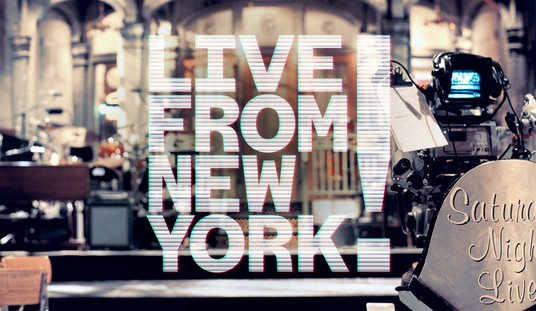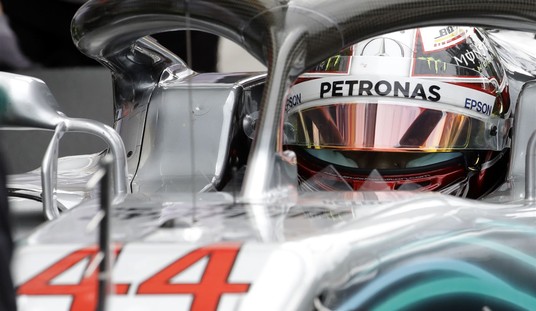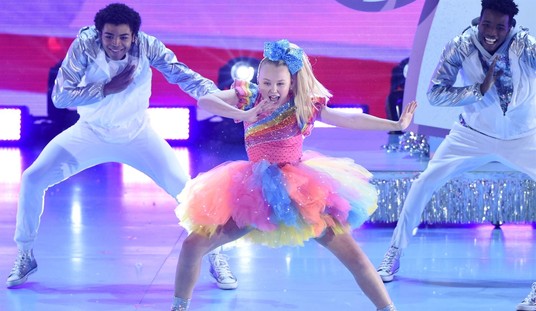While the firing of media positions these days is no longer considered shocking, considering the widespread layoffs and other moves throughout the media landscape, what is taking place at one magazine is still turning heads. Venerated sports outlet Sports Illustrated is seeing a raft of roster cuts like it is a franchise at the end of preseason. The difference is this is not playing out in the editorial ranks but in the upper reaches of the front office.
It was announced last night that Sports Illustrated CEO Ross Levinsohn has been fired — this from the word by the ownership, The Arena Group. The acting interim CEO will be Manoj Bhargava, who is the founder of 5-Hour Energy and has a primary ownership interest in The Arena Group. Levinsohn’s firing follows the dismissals in recent days of a number of other top executives from the magazine.
Chief Operating Officer and Operations President Andrew Kraft
Media President Rob Barrett
Corporate Counsel Julie Fenster
While the shockwaves of last month’s episode were not alluded to (TAG only stated its boardroom “took actions to improve the operational efficiency and revenue of the company,”) this rash of upper-level firings — and the timing — appear directly attributable to that fiasco.
It was late in November when the tech website Futurism published a report that it had discovered a number of articles on Sports Illustrated’s site that had not only been generated with artificial intelligence but also that the site was not alerting readers to this pre-fab content. Worse still, it was positioning these pieces as being legitimately written by writers, who it was found were also AI creations.
The “authors” had generic bios, no writing history that could be seen, and they lacked any kind of social media presence. Then, it was found that the headshots for these alleged content creators were also AI-generated; Futurism tracked down one presented “writer” named Drew and determined that "Drew" was, in fact, an image available for purchase from an AI website that creates these bio images.
Drew Ortiz doesn't seem to exist. And even more strangely, his profile photo on Sports Illustrated is for sale on a website that sells AI-generated headshots, where he's described as a "neutral white young-adult male with short brown hair and blue eyes."
As bad as all of this appeared, it soon became worse as SI realized it had a massive AI problem. Sources inside the magazine told Futurism there were a number of these faux writers, and they confirmed the content was generated by AI. Once The Arena Group had been contacted about this content, they had no comment, but those particular entries were wiped from the site. Then, after the initial publication of its findings, Futurism received a statement from TAG, which reads in part:
The articles in question were product reviews and were licensed content from an external, third-party company, AdVon Commerce. A number of AdVon's e-commerce articles ran on certain Arena websites. We continually monitor our partners and were in the midst of a review when these allegations were raised.
Most of the concerned talk surrounding AI has been centered on the adverse effect it would have on newsrooms and publishing jobs. Lightly covered, but possibly bringing the more adverse result, has been the deeply flawed product that results. When Gannett tried saving money by resorting to AI to generate high school sports results for its numerous local papers, the ensuing product was an embarrassment. The website Reviewed was also found to be resorting to AI for its product coverage.
Recently, another potential issue has arisen from AI usage. Max Tani at Semafor reports that the financial website Investing.com relies on heavy AI usage, and the content is not flawed — it is pilfered. Its bot use is lifting content from other financial sites and duplicating the core content of specific stories, if not lifting the words wholesale. Robotic plagiarism is now looming as the next minefield for outlets to contend with.
What is telling in all of this is that the use of bot-generated content is not seamless. Even when the produced passages are not blatantly error-prone, there is a feel to the faux writing — like a written version of The Uncanny Valley — and it is leading to trouble for the publishers who looked to AI as a solution, not a problem generator. Lately, it has mostly led to credibility issues, rising problems with staff and unions, and in the case of Sports Illustrated, the sacking of many top-flight executives.
As a writer myself, it is hard to have any level of sympathy for outlets dealing with this self-created problem. “Learn to code” has become more than the epithet it used to be.














Join the conversation as a VIP Member